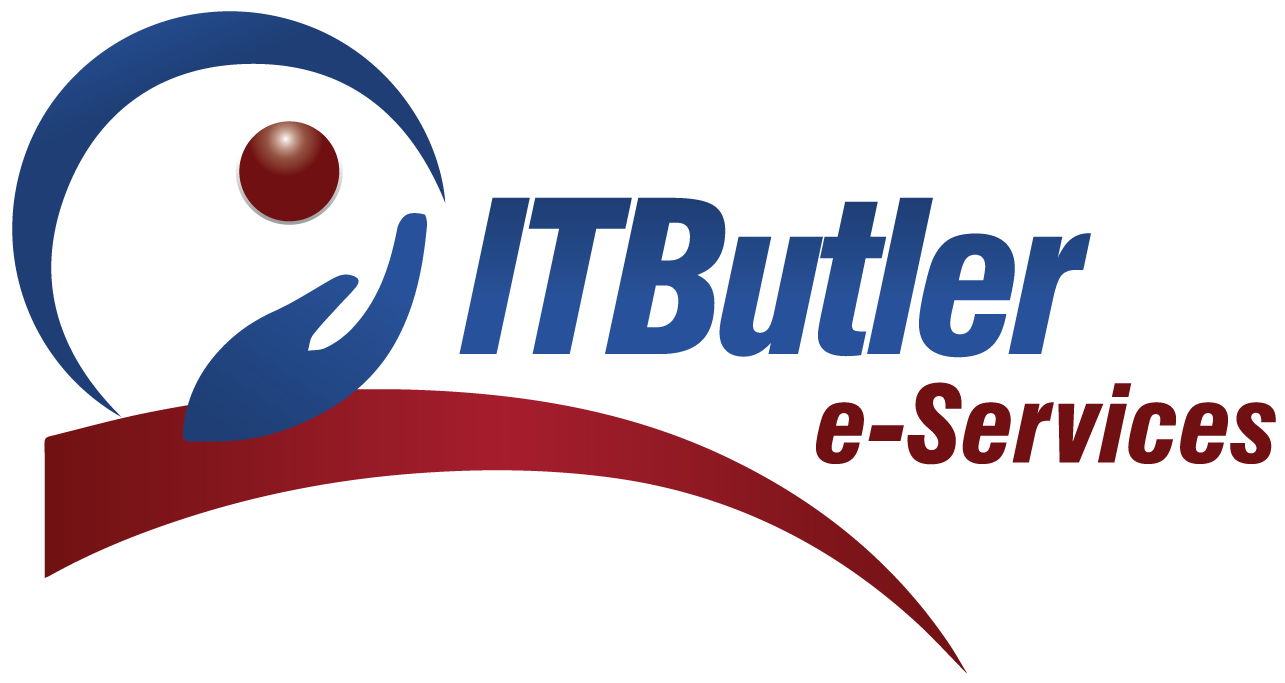As organizations navigate the dynamic landscape of cybersecurity, the CHECK phase in the PDCA (Plan-Do-Check-Act) cycle stands as a pivotal moment for evaluation and assurance. This exploration delves into the intricacies of the CHECK phase, highlighting its significance, key components, and the transformative impact it carries in fortifying cyber resilience.
Essentials of the CHECK Phase in Cybersecurity
Comprehensive Security Audits
- The CHECK phase initiates with comprehensive security audits. Organizations rigorously assess their cybersecurity measures, scrutinizing controls, policies, and configurations to identify vulnerabilities and areas requiring improvement.
Penetration Testing and Red Teaming
- Dynamic testing through penetration testing and red teaming is integral to the CHECK phase. Simulating real-world cyber-attacks allows organizations to uncover potential weaknesses, measure the effectiveness of defenses, and refine their security postures.
Vulnerability Scanning and Assessment
- Automated vulnerability scanning tools play a crucial role in the CHECK phase. By scanning networks, systems, and applications for vulnerabilities, organizations gain insights into potential weaknesses that could be exploited by cyber threats.
Regulatory Compliance Verification
- The CHECK phase includes a thorough verification of regulatory compliance. Organizations ensure that their cybersecurity measures align with industry standards, regulations, and legal requirements, mitigating risks associated with non-compliance.
Strategies for Effective CHECK Evaluation
Continuous Monitoring and Threat Intelligence
- Implementing continuous monitoring and leveraging threat intelligence sources are strategic moves in the CHECK phase. By staying vigilant to emerging threats, organizations enhance their ability to detect and respond to potential security incidents.
Comprehensive Incident Review
- The CHECK phase involves a comprehensive review of past security incidents. Organizations analyze incident responses, evaluate the effectiveness of mitigation strategies, and incorporate lessons learned into future security planning.
Benchmarking Against Industry Standards
- Benchmarking cybersecurity measures against industry standards is a best practice in the CHECK phase. This comparative analysis provides organizations with a clear understanding of their security posture in relation to established benchmarks.
User Awareness Assessment
- Assessing user awareness is a vital aspect of the CHECK phase. Organizations evaluate the effectiveness of cybersecurity training and awareness programs, identifying areas for improvement and ensuring that employees remain a resilient line of defense.
Transformative Impact of Rigorous CHECK in Cybersecurity
Proactive Risk Mitigation
- The CHECK phase facilitates proactive risk mitigation. By identifying vulnerabilities and weaknesses, organizations can take preemptive measures to address these issues before they can be exploited by malicious actors.
Enhanced Incident Response Preparedness
- Rigorous evaluation in the CHECK phase enhances incident response preparedness. Organizations refine their incident response plans based on the identified weaknesses, ensuring a more effective and coordinated response to security incidents.
Optimized Resource Allocation
- Insights gained from the CHECK phase contribute to optimized resource allocation. Organizations can strategically allocate resources to areas that need strengthening, ensuring a cost-effective and targeted approach to cybersecurity improvements.
Elevated Cybersecurity Maturity
- The transformative impact of CHECK extends to elevated cybersecurity maturity. Organizations that rigorously evaluate and adjust their cybersecurity measures demonstrate a commitment to continuous improvement, fostering a mature and resilient security posture.
Conclusion: Fortifying Cyber Resilience Through Rigorous CHECK Evaluation
In conclusion, the CHECK phase in the PDCA cycle is a critical juncture for fortifying cyber resilience. By conducting thorough audits, testing defenses, and verifying compliance, organizations enhance their ability to withstand and respond to cyber threats. Embrace the transformative power of CHECK, turning insights into actionable enhancements that safeguard your organization in an ever-evolving digital landscape.






